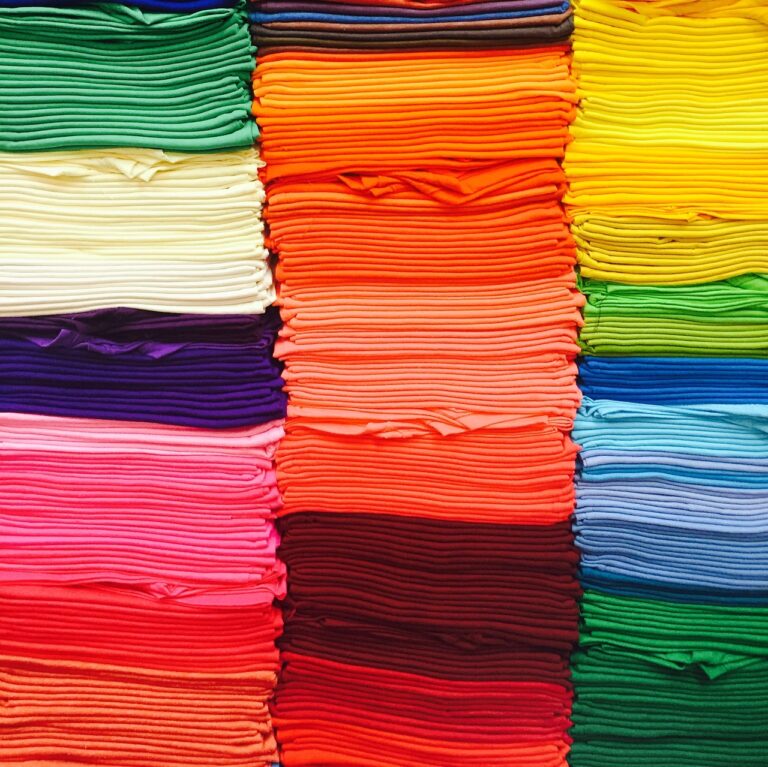Fashion and Social Change: How Clothing Reflects and Responds to Societal Shifts
Clothing has always served as a reflection of the society in which it exists. From the elaborate garments of royalty in ancient civilizations to the tailored suits of the industrial age, fashion has adapted and transformed alongside the changing times. The evolution of clothing styles is closely intertwined with the social, economic, and technological developments of each era.
As societies have progressed, so too has fashion evolved to adapt to new demands and expectations. In times of war, for example, clothing trends often reflect a sense of austerity and practicality, as seen during the rationing of fabric in World War II. Conversely, periods of prosperity and peace have given rise to more extravagant and opulent fashion statements. The evolution of clothing styles not only mirrors societal changes but also plays a significant role in shaping cultural identities and norms.
Cultural Significance: Understanding the role of fashion in reflecting cultural values and norms
Fashion has always been a powerful vehicle for expressing cultural values and norms. Through clothing choices, individuals can communicate their identities, beliefs, and affiliations to the world around them.
Moreover, fashion serves as a mirror reflecting the societal attitudes and trends of a certain period. The styles, colors, and designs of clothing often reflect the cultural shifts and influences that shape a particular community or era. By studying these fashion trends, researchers and historians can gain valuable insights into the values and norms that were prevalent at a specific point in time.
Political Statements: Analyzing how clothing can be used as a form of protest or advocacy
Clothing has long been utilized as a powerful tool for conveying political statements. From protest marches to social media campaigns, individuals and groups have strategically used apparel to advocate for various causes and bring attention to important issues. The choice of clothing, whether bold slogans on t-shirts or symbolic colors and accessories, can serve as a visual representation of one’s beliefs and values.
In recent years, the use of clothing as a form of protest or advocacy has gained momentum, with movements like #MeToo and Black Lives Matter incorporating apparel as a means of expressing solidarity and sparking conversations. The act of wearing specific garments or accessories in support of social justice movements has become a way for individuals to publicly align themselves with a cause and contribute to the larger discourse surrounding important societal issues. The visibility of these fashion statements not only raises awareness but also challenges norms and prompts discussions on topics such as gender equality, racial justice, and environmental sustainability.
• Clothing has been a powerful tool for conveying political statements
• Apparel can be used in protest marches and social media campaigns
• Choice of clothing can visually represent beliefs and values
In recent years, movements like #MeToo and Black Lives Matter have utilized clothing as a form of protest or advocacy
Wearing specific garments or accessories shows solidarity with social justice movements
Fashion statements raise awareness, challenge norms, and prompt discussions on important societal issues
How has clothing evolved in relation to societal changes over the years?
Clothing has evolved in response to societal changes, reflecting shifts in cultural values, norms, and political movements. Fashion has often been used as a form of expression and protest, with individuals using their clothing choices to make political statements.
What role does fashion play in reflecting cultural values?
Fashion plays a significant role in reflecting cultural values by showcasing the beliefs, traditions, and identities of a particular society. Clothing can serve as a symbol of cultural heritage and can be used to communicate a sense of belonging and pride.
How can clothing be used as a form of protest or advocacy?
Clothing can be used as a powerful form of protest or advocacy by making a statement or raising awareness about social or political issues. People often use their clothing choices to express their support for causes, movements, or ideologies that they believe in.







